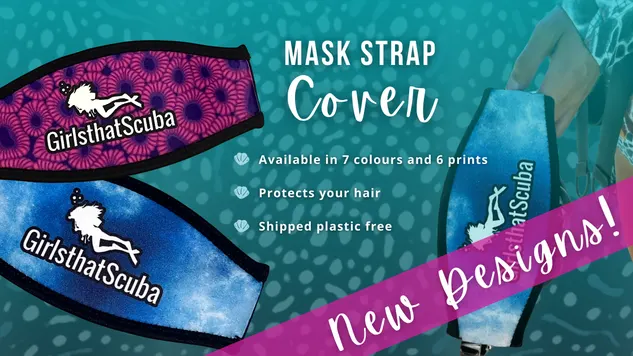Few sights on Earth can compete with the breathtaking fantastic thing about a wholesome coral reef. What’s extra, in the event you delve somewhat deeper into details about coral, you’ll realise there’s heaps extra to coral than meets the attention.
Corals are unimaginable organisms that maintain marine life, help international meals provides and defend our coastlines. They’re additionally a supply of potential medicines they usually increase international economies by way of tourism.
Right here, we’ll begin with a recap on coral biology then focus on some fascinating coral details. And, in case this will get you itching to place in your dive gear, we’ll combine in a number of the world’s finest dive areas for corals as we go!
What are corals?
Earlier than we dive into our coral details, you may be questioning precisely what are corals? Right here’s a recap on some fundamental coral biology:
- Corals reside animals
- A person coral known as a polyp (they usually’re tiny!)
- Polyps have lengthy tentacles and look a bit like an upside-down jellyfish
- A number of polyps come collectively to kind the massive coral buildings we’re aware of
- Corals sometimes have a kind of algae (often called zooxanthellae) residing inside them
- There are arduous and delicate corals – the arduous ones kind coral reefs!
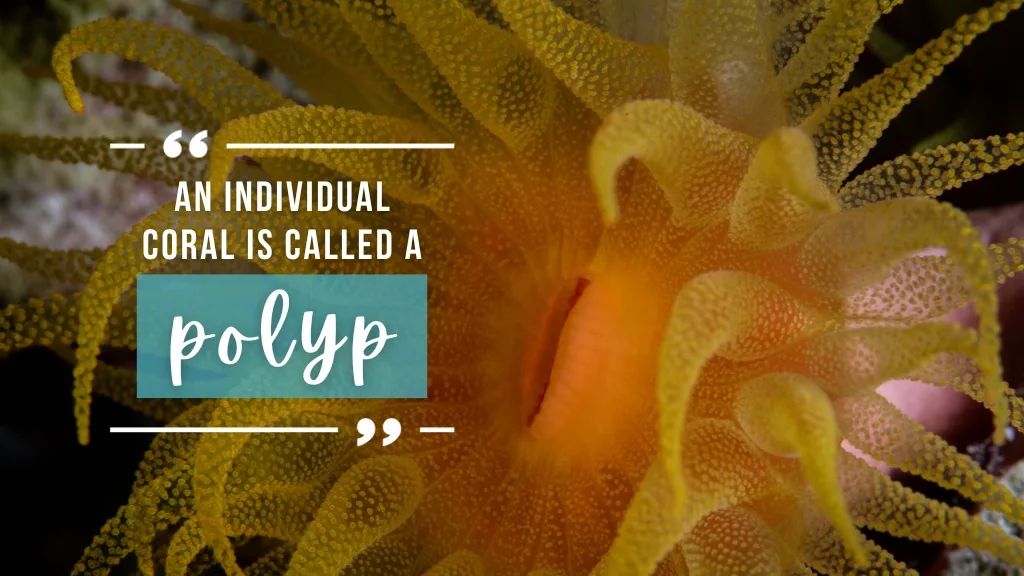
1. Corals use algae to feed
Algae are so small that they make an incredible snack for small fish, crustaceans and different creatures. By hiding inside corals, they will defend themselves whereas they absorb the daylight.
Algae soak up daylight to get their vitality, they usually launch waste merchandise on the similar time. Fortuitously, corals prefer to eat these merchandise, in order that they get a free meal from their resident algae.
Because the corals feed, they launch substances that profit the algae – so it’s a win win. Relationships like this (the place each companions profit) are often called symbiotic relationships.
2. Corals eat the place they poop
Though corals get roughly 90% of their meals via algae, in addition they prime up their vitality ranges by snacking at evening.
Particular person polyps use their lengthy tentacles to seize meals particles that float by. Then, they push this meals into a gap that acts as their abdomen… and likewise as their anus.
Should you’re eager to see this dwell in motion, evening dives within the Maldives may very well be the way in which to go to your subsequent journey.
3. Coral reefs are the rainforest of the ocean
It’s because rainforests and coral reefs are two of essentially the most various ecosystems on the planet.
The truth is, roughly 25% of marine life is dependent upon coral reefs in some unspecified time in the future of their life. This consists of not solely 4,000 fish species but in addition varied crops and different animals.
Should you’re eager to witness the distinctive biodiversity of coral reefs first hand, you must think about a visit to the Coral Triangle. This marine space is made up of the waters surrounding Indonesia, Malaysia, Philippines, Papua New Guinea, Timor Leste and Solomon Islands.

Inside this space, Raja Ampat in Indonesia is taken into account a notably various hotspot. This makes it a hub for scuba divers in addition to marine conservationists.
4. Coral reefs are nurseries for marine life
Though coral reefs are essential for every type of marine life, they’re tremendous essential for juvenile (younger) creatures.
It’s because animals are particularly susceptible after they’re small, and reefs are the right place to cover from predators. Different secure havens for marine juveniles embrace seagrass meadows and mangrove forests.
5. Coral reefs defend our shoreline
Should you’ve spent a lot time by the coast, you’ve in all probability seen how a lot energy waves can have behind them – particularly throughout a storm. Over time, this could result in coastal erosion via varied mechanisms.
For example, waves comprise small particles that grind rocks down after they crash. They’ll power pebbles and different objects to collide, inflicting fragmentation into smaller and smaller items. This is called attrition. Additionally, chemical compounds within the sea – like salts and acids – can dissolve some sorts of rock.
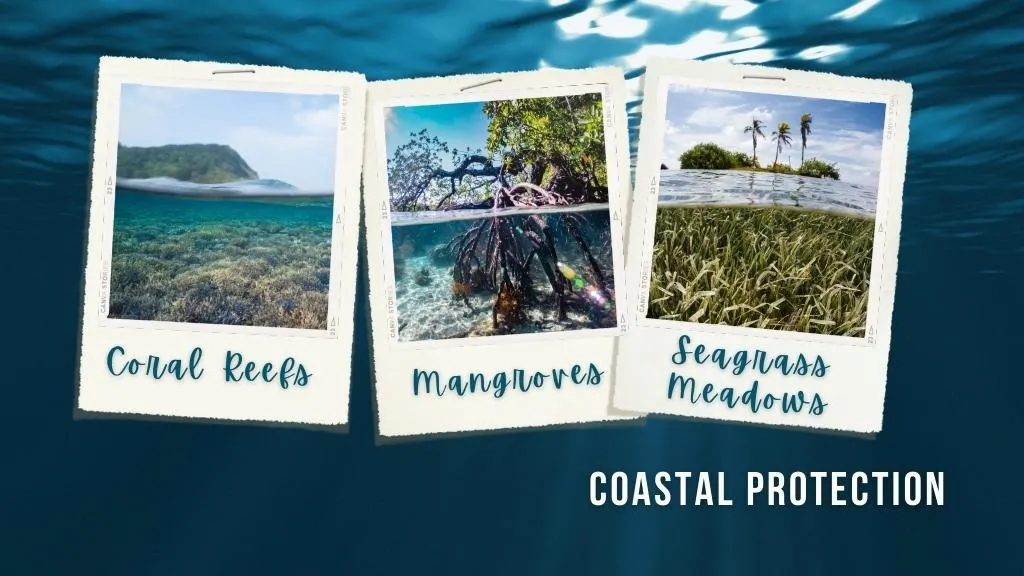
Fortuitously, coral reefs are pure defences that soak up the brunt of highly effective ocean waves, defending our shorelines from their impression. What’s extra, via overlapping mechanisms, coral reefs additionally defend our coast from the impression of floods and storm surges.
Mangroves and seagrass beds are additionally very important boundaries that defend the coast. Nevertheless, human actions alongside coasts and in oceans have eradicated 20% of mangroves, 30% of seagrass beds, and 20% of coral reefs. That is very unhealthy information for the approximate 680 million folks residing in low-lying coastal zones around the globe.
6. Corals are sluggish growers
Corals are exceptionally slow-growing creatures. For example, deep-sea black corals can develop as little as 0.0005 cm annually!
Reef-building corals are likely to develop somewhat quicker. Though with charges of round 1 cm per 12 months for Porites and 10-20 cm per 12 months for the “speedy” Porites, progress continues to be pretty sluggish. Because of this, you’ll wish to management your buoyancy and hold your fins effectively away from the reef when diving!
7. Corals dwell for a (very) very long time
Coral species can dwell to be greater than 4,000 years outdated, making them the oldest animal on your complete planet. However how do we all know this?
As a result of these corals develop outwards, layer by layer, we are able to estimate coral age by a coral cross part. The expansion layers seem as bands, which could be counted to foretell coral age. This is similar technique we use to estimate the age of timber on land.
Different strategies to find out the age of corals embrace investigating the presence of sure parts inside the coral. Apparently, this could additionally present details about historic climates and key local weather occasions.
8. Some corals can glow at nighttime
One of many coolest issues you may see when evening diving needs to be illuminated corals dotted among the many reef. Sure coral species can soak up mild, change their color by way of a chemical response, and emit it as a unique color. This course of is called biofluorescence.
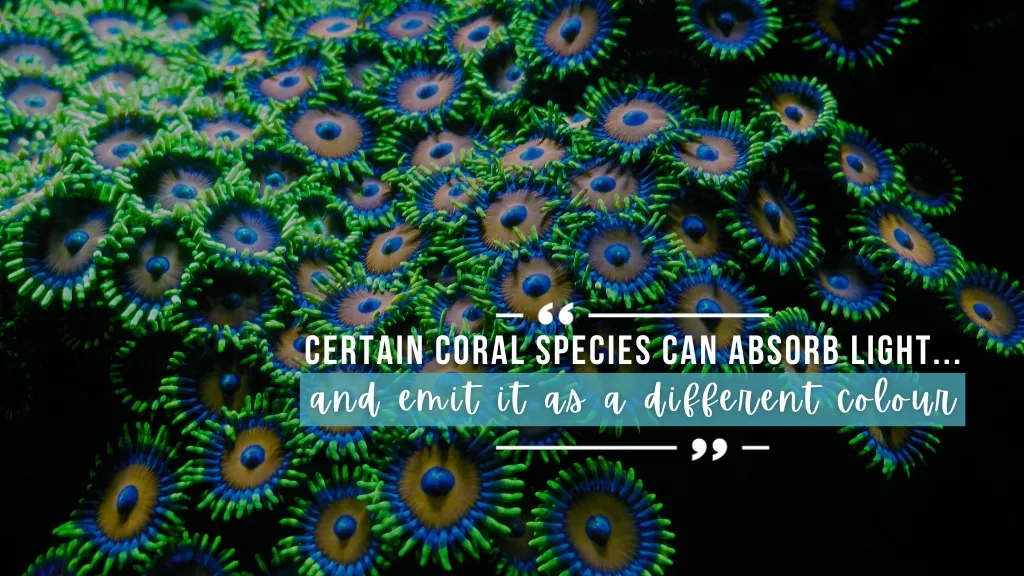
The color of the emitted mild is dependent upon the protein that reacts. For many shallow-water corals, it’s the inexperienced fluorescent protein (GFP), and the sunshine produced is inexperienced. Different colors widespread in shallow corals are orange-red and purple-blue. For deeper corals, you would possibly see yellow, orange or purple mild.
Should you’re eager to identify some fluorescent coral in your subsequent evening dive, we advocate:
- utilizing a UV or blue mild torch
- utilizing filters to your masks and/or digicam
- avoiding full moon – the pure mild can visually dampen the fluorescence
Kona Hawaii is understood for its superior evening dives, and it’s the right place to seek for fluorescent corals at evening.
9. Corals improve the marine drugs cupboard
The inexperienced fluorescent protein that allows corals to emit mild was first found in a jellyfish again in 1961. Nevertheless, it wasn’t till GFP was additionally present in members of the Anthozoa class (which incorporates corals) that the total potential of those proteins was realised.
Since then, scientists have harnessed the protein for medical analysis. It’s now doable to make use of genetics strategies to connect glow-in-the-dark “tags” to sure proteins. This permits scientists to watch molecular processes, together with the behaviour of cancerous cells, and has led to large advances in medical care.
Moreover, the construction of some coral species has been used within the discipline of tissue engineering, whereas others, just like the delicate coral Pseudptero-gorgia elisabethae, produce molecules with anti-microbial and anti inflammatory properties.
Plus, it’s probably that there are various extra medicinal merchandise mendacity below the waves simply ready to be found!
10. Coral reefs make some huge cash
Given their magnificence and biodiversity, it’s not stunning that coral reefs are enormous within the tourism business. Yearly, snorkelers, anglers and, after all, scuba divers from around the globe flock to coastal areas.
The cash these vacationers spend bolsters native economies by supporting companies and offering jobs within the space. The truth is, coral reefs across the globe generate an astonishing $375 billion yearly via financial items and providers.
11. Corals want our assist
Coral reefs are basic for sustaining wholesome marine life, international meals provides, human well being and our economies. Regardless of this, they cowl only a tiny fraction of the seabed – actually, coral reefs make up lower than 1% of our oceans.
Sadly their small presence, mixed with their tremendous sluggish progress charge, makes coral populations notably susceptible to threats. Key threats to coral reefs embrace:
- coastal improvement
- local weather change
- chemical and plastic air pollution
- fishing (resembling overfishing, dynamite fishing, and backside trawling)
The impression of those threats is having drastic impacts on coral populations around the globe. Tragically, it’s thought that as much as 90% of coral reefs will probably be lifeless by 2050.
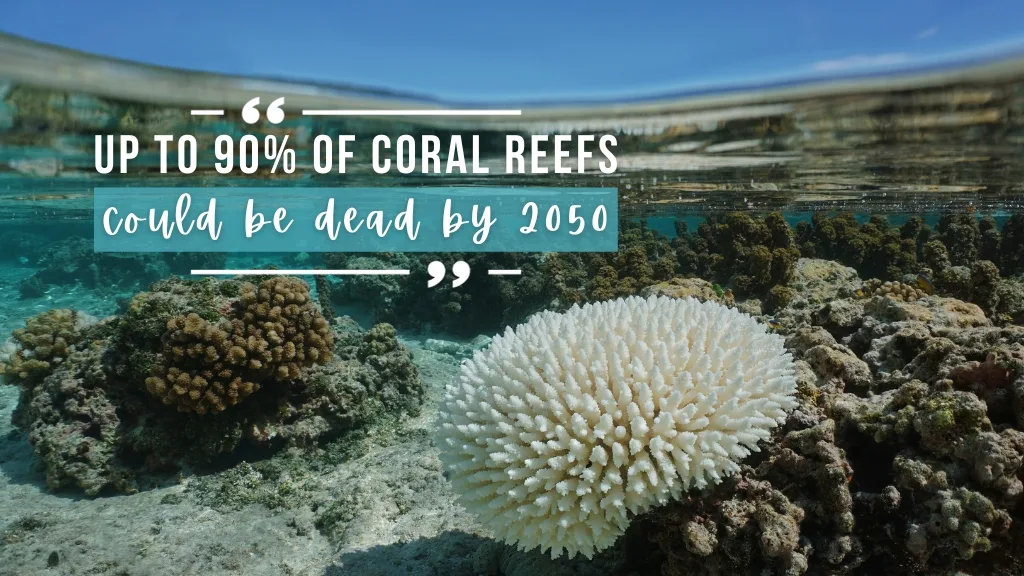
Much less is known in regards to the impression of human exercise on deep sea corals, as a lot of the seafloor has not but been mapped. Nevertheless, actions resembling backside trawling will definitely have had a damaging impression.
Contemplating the immense challenges corals are at present dealing with, it’s essential for every one among us to do our bit to guard these underwater wonders. By means of elevating consciousness, supporting conservation efforts, and making environmentally pleasant decisions in our day by day lives, we are able to defend the oceans and the unimaginable life they maintain.
Bear in mind, our particular person actions would possibly solely be a drop within the ocean, however collectively we are able to make waves.
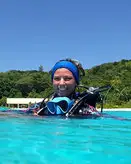
In regards to the Writer
Rose has spent the previous couple of years residing in Europe, the Seychelles and Kenya, working as a dive teacher, author and conservationist. She’s again within the UK for the time being and is slowly acclimatising to cooler waters!



